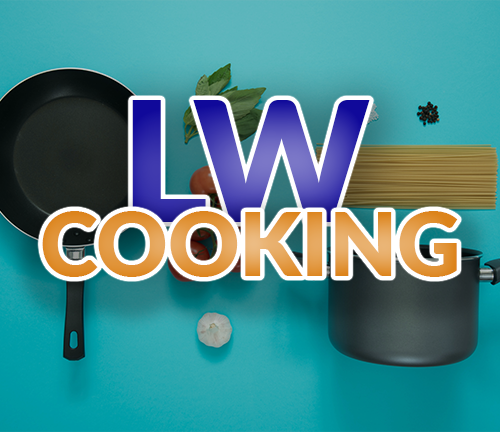

I had called out the bullshit about devices being less durable if you make them more repairable on MKBHDs video, but of course it got lost in the comments. Apple just refuses to make the compromises that would allow for durable and repairable devices. Not to mention that a repair being difficult shouldn’t be used for justification for blocking repair or making it impossible/not worth it to get parts.



That isn’t true, for example LTT doesn’t get seeded Apple products anymore because of what they have said about Apple. NVidia has also been caught revoking early access to products to some outlets because they were unhappy about reporting as well.